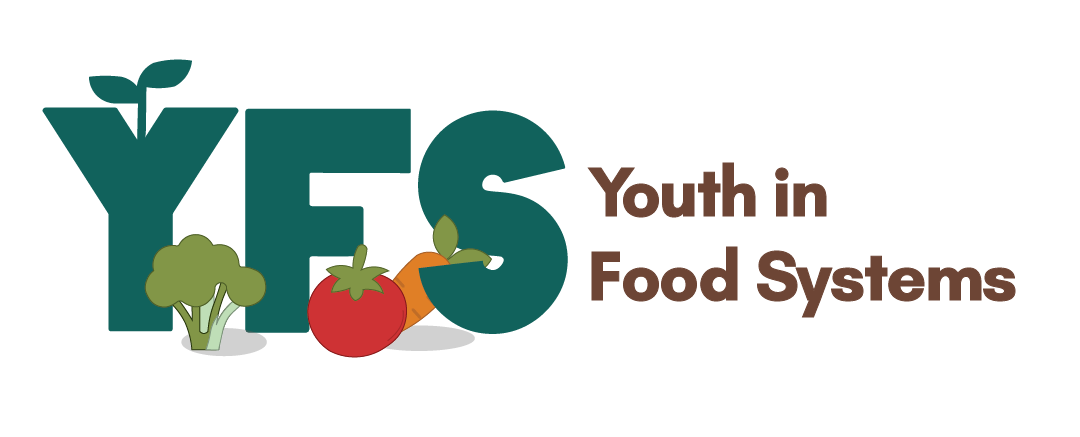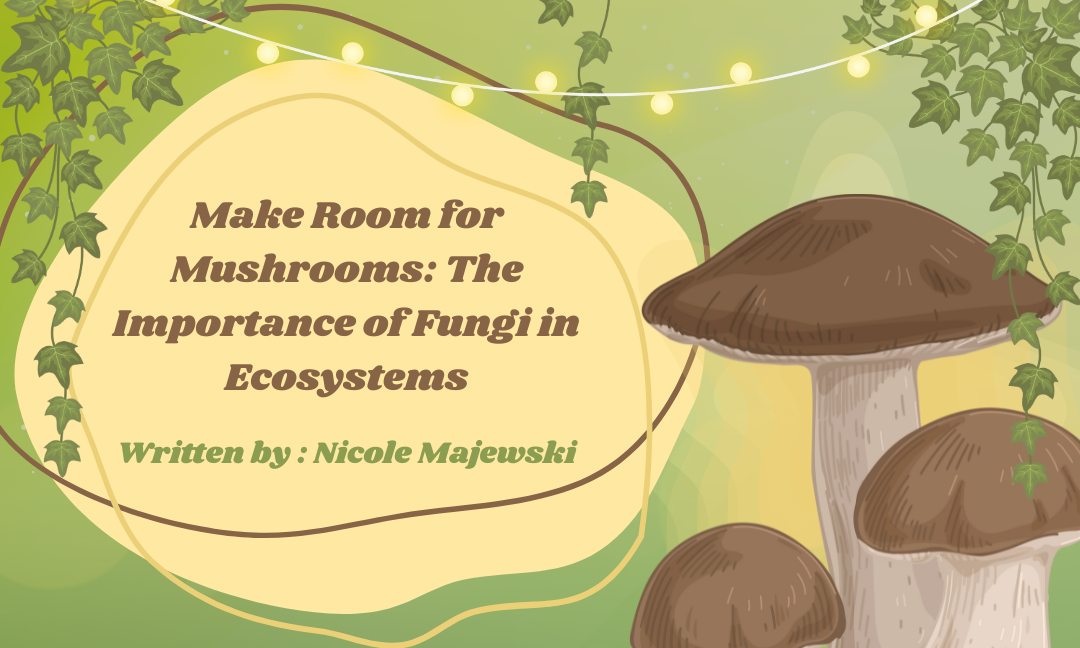Written by: Nicole Majewski
Edited by: Aditya Batra
Designed by: Suhana Shaik
Published by: Andrew Jackson
Whether you love them or hate them, mushrooms are often seen as little more than a controversial pizza topping. But mushrooms, and their related species, are so much more than just a culinary quirk. Few people stop to think about the invisible yet vital role they play in the rest of our food, and all the factors associated with its growth! It’s time to dig deeper and answer just about everything you may or may not have asked about the world of fungi.
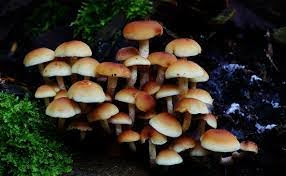
1. What Are Fungi?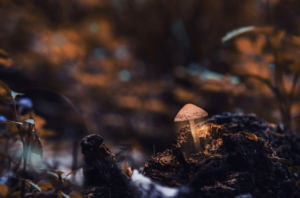
Fungi—or singularly, fungus—represent one of the most widely populating kingdoms of life on our planet. Yet they’re also one of the most misunderstood. Even though the word “fungi” is a direct translation of the Latin word for mushrooms, and as a result, is often used interchangeably with “mushrooms”, these terms are completely different. Mushrooms are just one small part of the diverse fungal kingdom, which also includes yeasts (used in baking), molds (used in cheese production), rusts, smuts, and mildews, all with their own ecological significance.
Unlike plants, fungi don’t perform photosynthesis. Their cells are structurally different too—for example, they have much stronger cell walls. These distinctions are so significant that fungi have their own kingdom, classified distinctly from both plants and animals.
With an estimated three to five million species—about 90% of which are still undiscovered—fungi come in an endless variety of shapes, sizes, and colours, from microscopic white-speckled yeasts to giant glowing mushrooms! All fungi are classified into seven main phyla, which are further divided into other subgroups based on factors like their genetic details.
2. Where Can Fungi Be Found?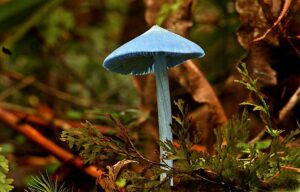
Fungi are as widespread as they are diverse. They can thrive in an impressiverange of terrains, and that doesn’t even just mean land! While the majority of fungi species do grow on above-water terrains—including forest floors, grassy fields, wet logs, and even the Arctic tundra—, they can also be aquatic. In that case, they’re usually found in freshwater ecosystems, but some can even thrive in polluted water! From the tops of tropical canopies to the cold depths of Antarctic ice, fungi have adapted to live just about everywhere—a factor that is largely responsible for the extent of species that have come to rely on their presence.
3. What Do Fungi Do?
If there’s a silent hero in the natural world, it’s definitely fungi. Like any species, they’re capable of harm—especially parasitic species, which can infest farms or even animals. However, their positive contributions are what keep Earth going. In fact, it’s estimated that about 90% of plants have directly formed some sort of positive relationship or complete reliance on fungi.
4. Nature’s Recyclers
One of fungi’s most important ecological roles is decomposition. In simple terms, they’re the world’s natural recycling system. Together with bacteria, they have the responsibility of breaking down and reusing waste. What makes them so uniquely capable of performing this job is their ability to release specialised enzymes that process complex matter, which most other organisms can’t digest. This allows any leftover nutrients in that material to be extracted and released back into the ecosystem, ultimately feeding plants, which in turn support herbivores, carnivores, and of course, humans.
5. Soil & Plant Health
But that’s not all fungi do for plants! They also provide soil with important elements, like oxygen, nitrogen and phosphorus, which are then delivered to plants, allowing them to thrive. Another fascinating role fungi play is in communication between trees! Along with roots and bacteria, they form a massive network beneath trees that connects them and allows them to distribute nutrients—a cycle that, if interrupted, can warn the trees of dangers like insect infestations! Other plants are also reliant on fungi, because they often live in roots to improve growth and add extra resistance to disease.
6. Climate Stabilisation
A lesser-known role of fungi lies in what they do for the climate. Through their growth and decomposition processes, they absorb—or sequester—large amounts of carbon from the soil and air. This phenomenon plays a vital role in regulating Earth’s temperature and mitigating the effects of climate change. In fact, terrestrial ecosystems—which are heavily influenced by fungi—act as the second-largest carbon sink on Earth.
7. What Would Happen Without Fungi?
In the words of David Suzuki, the world would have “no forests, no food [and] no future”. That might seem exaggerated, but no—fungi really are that important. Ecosystems would collapse without fungi to decompose organic matter, nourish plant life, and sustain soil health. Ecosystems would collapse without fungi to decompose organic matter, nourish plant life, and sustain soil health. Without healthy plants, herbivores and the predators that rely on them would also vanish, and that includes us.
Fungi have also historically played a major role in human agriculture and food systems. Yeasts are essential for fermenting bread, beer, and cheese, while molds have historically been used for food preservation. Simply put; fungi are the backbone of food production—both indirectly and directly.
With all you’ve learned, you hopefully now have a newfound appreciation for fungi, the often-overlooked organisms that quietly power our planet. So the next time you spot a mushroom on a forest trail or on your dinner plate, remember: it’s not just a food. It’s a part of a complex network that keeps our ecosystems functioning, our climate in balance, and our food systems alive.
References
- https://www.britannica.com/science/fungus/Outline-of-classification-of-fungi
- https://www.britannica.com/science/fungus/Outline-of-classification-of-fungi
- https://www.bbcearth.com/news/8-fantastic-facts-about-fungi
- https://www.kew.org/read-and-watch/the-wonderful-world-of-fungi
- https://davidsuzuki.org/story/no-fungi-no-forests-no-food-no-future/
- https://www.hifasbiologics.com/what-would-world-be-like-without-fungi/
- https://foodprint.org/blog/fungi/
Image References
